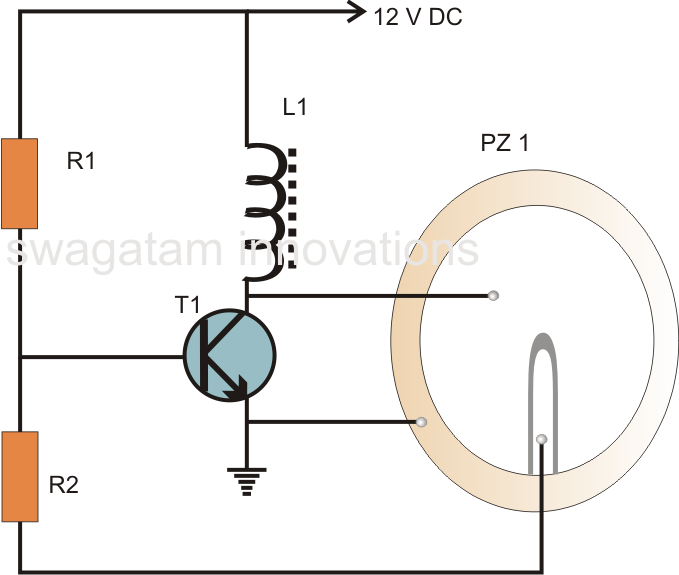
Make sure to consider the factors discussed in this article when making your purchase. Knowing which type of buzzer is right for your needs is important. In conclusion, there are several key differences between active and passive buzzers. This makes them perfect for use in alarm systems, door bells, and other electronic circuits. They produce sound through the use of electronic signals, which are then amplified by a speaker. Are buzzers analog or digital?īuzzers are digital devices. This is accomplished by changing the frequency of the sound waves that are being emitted by the buzzer. However, if the buzzer is covered in dirt or dust, it may be necessary to use a slightly more abrasive cleaning agent. Buzzers are typically made from a conductive metal, so they can be easily cleaned with a damp cloth. To view the deformation probably the best system it shine a light ray on the surface and see how the reflected ray goes. No, you don’t need to wash an active buzzer. 4 Answers Sorted by: 2 Normally when polarization is done a dot of paint or a scratch or some similar sign is written on one surface of piezoceramics to indicate positive polarity. An active buzzer has a built-in amplifier that makes it louder than a passive buzzer. Passive buzzers are not louder than active buzzers. To stop the active buzzer, you have to use digitalWrite(buzzerPin, LOW), while with the passive buzzer, you need to use noTone(passiveBuzzerPin).Ģ Final Thoughts FAQ Is passive buzzer louder than active? A passive buzzer has only a small piezo element on the board.

Visually, the buzzer can be identified as active if there are a resistor and amplifier on the board. The geometric shape of the buzzers does not differ in any way, and it is not possible to assign the element to one or another type according to this characteristic. Higher values will indicate an active Arduino buzzer. You can also measure the resistance between the two wires to determine what kind of element is in front of the user.
A PIEZO BUZZER CODE
The active piezo emitter is also preferable because there is no need to create an additional delayed code fragment in the sketch that affects the workflow. The power supply voltage for the squeaker varies from 3.5V to 5V. The frequency of the sound emitted by the active buzzer is 2,5 kHz +/- 300 Hz. The active buzzer will produce a louder sound signal than its competitor. On the other hand, a passive buzzer requires a signal source, which will set the sound signal parameters.

To do this, the user must simply turn it on or off in other words, by applying a voltage to the contacts or by de-energizing. Between 50% and 100% is the same as between 0% and 50%.The main difference between the active buzzer and the passive buzzer is that the active buzzer generates sound independently.

0% will produce no sounds, 50% will be the max volume. So, to summary, what is the purpose of the duty cycle in our case ? The volume ! You can vary the volume of the sound by modifying the duty cycle. The Piezoelectric Buzzer is a small and efficient component to add to your system or project if you want to produce any sound feedback or sound an alarm. The oscillation proportion is low again, because the proportion between distortion and inactivity is not equal.


 0 kommentar(er)
0 kommentar(er)
